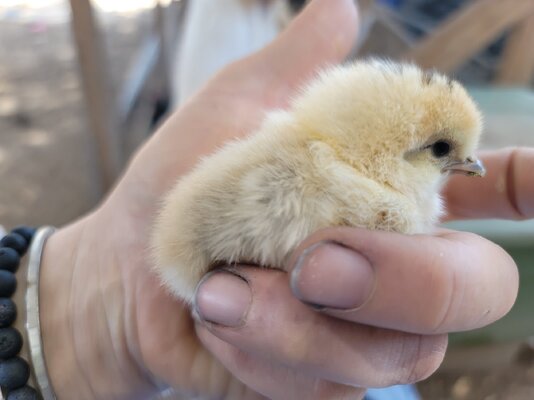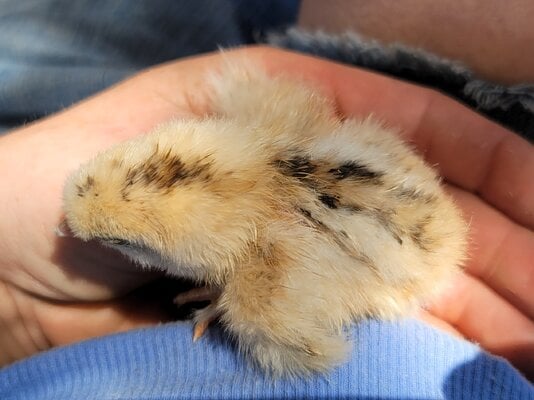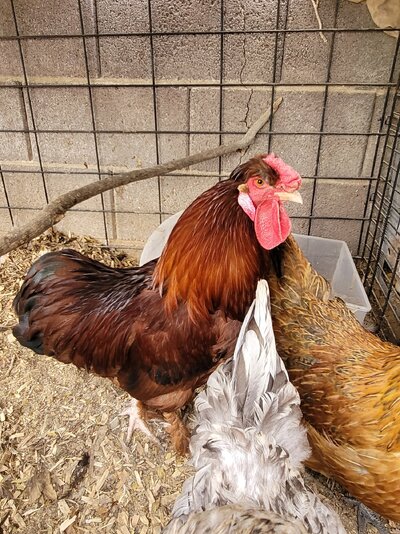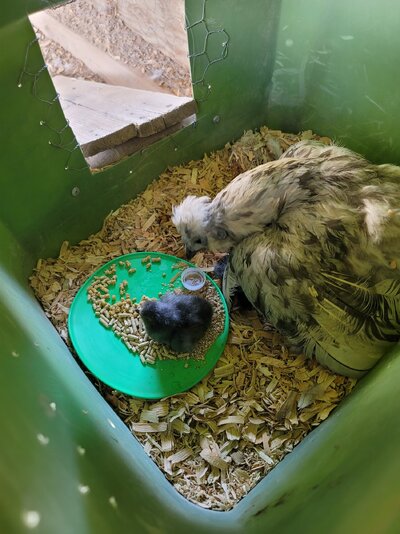eLiV8t
Chirping
- Feb 24, 2023
- 33
- 43
- 64
Has anyone tried to pick out certain eggs in order to get more or only pullets (hens or females)?
I'm testing this out.
I pulled out the eggs that looked pointed and kept the roundest eggs under my broody hen.
They started hatching yesterday and I hope this experiment works. Have you tried this?
How did it turn out?
I'm testing this out.
I pulled out the eggs that looked pointed and kept the roundest eggs under my broody hen.
They started hatching yesterday and I hope this experiment works. Have you tried this?
How did it turn out?


















